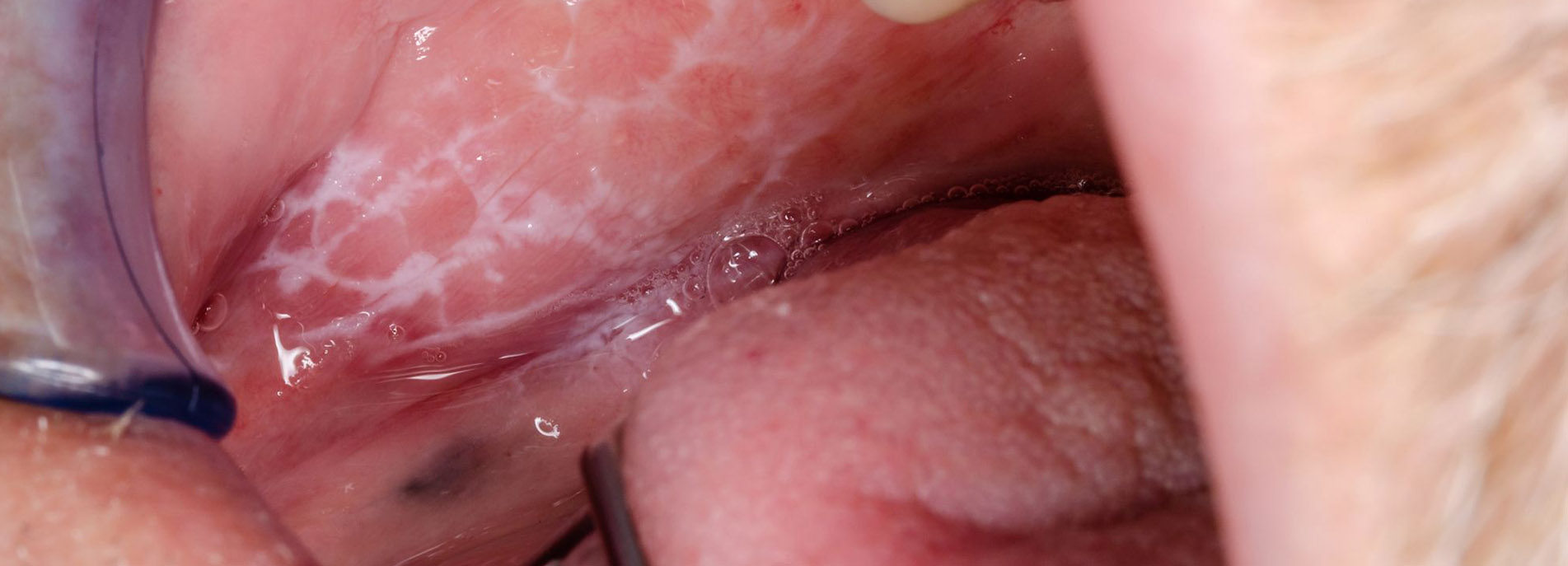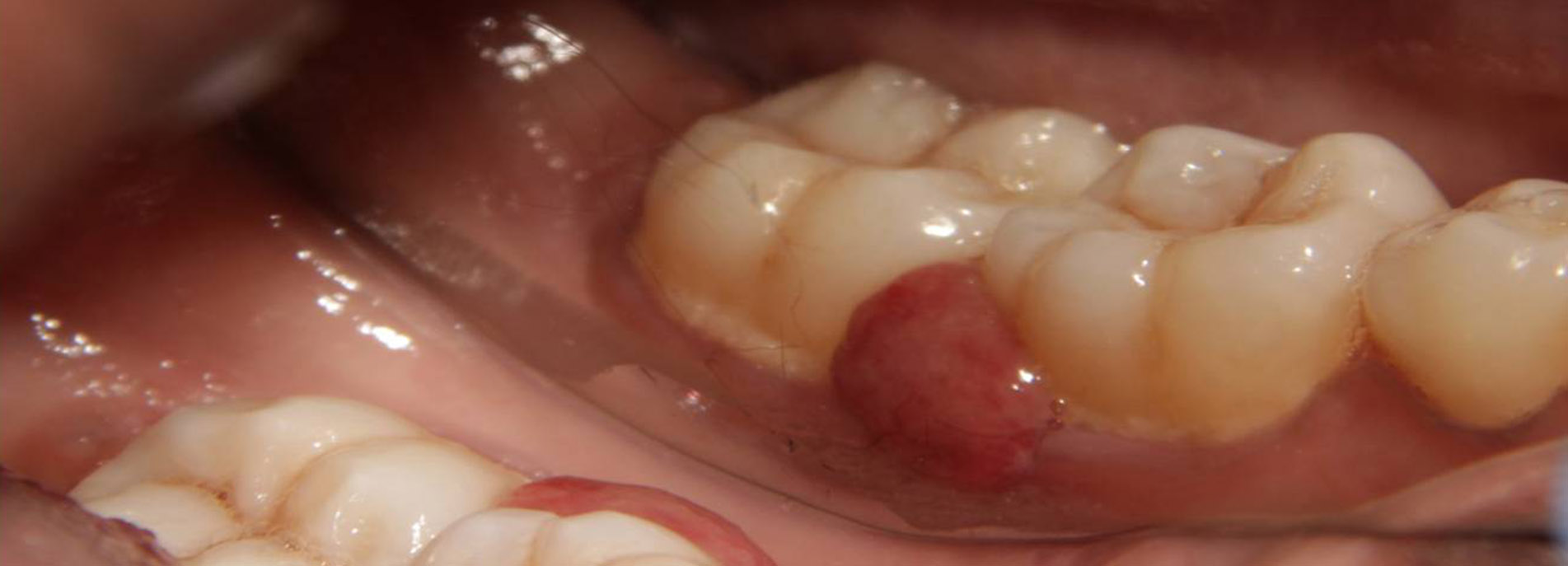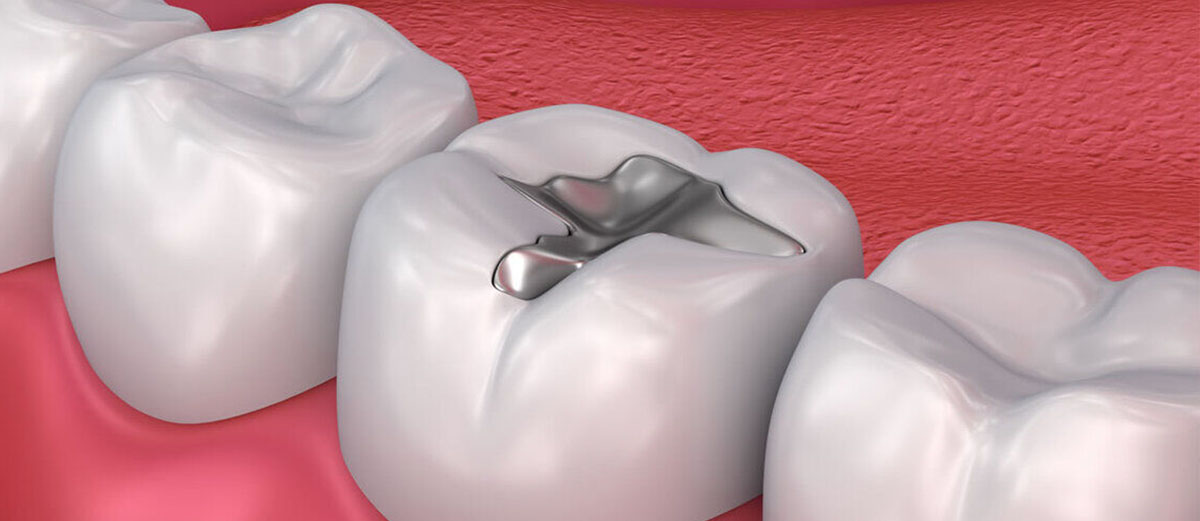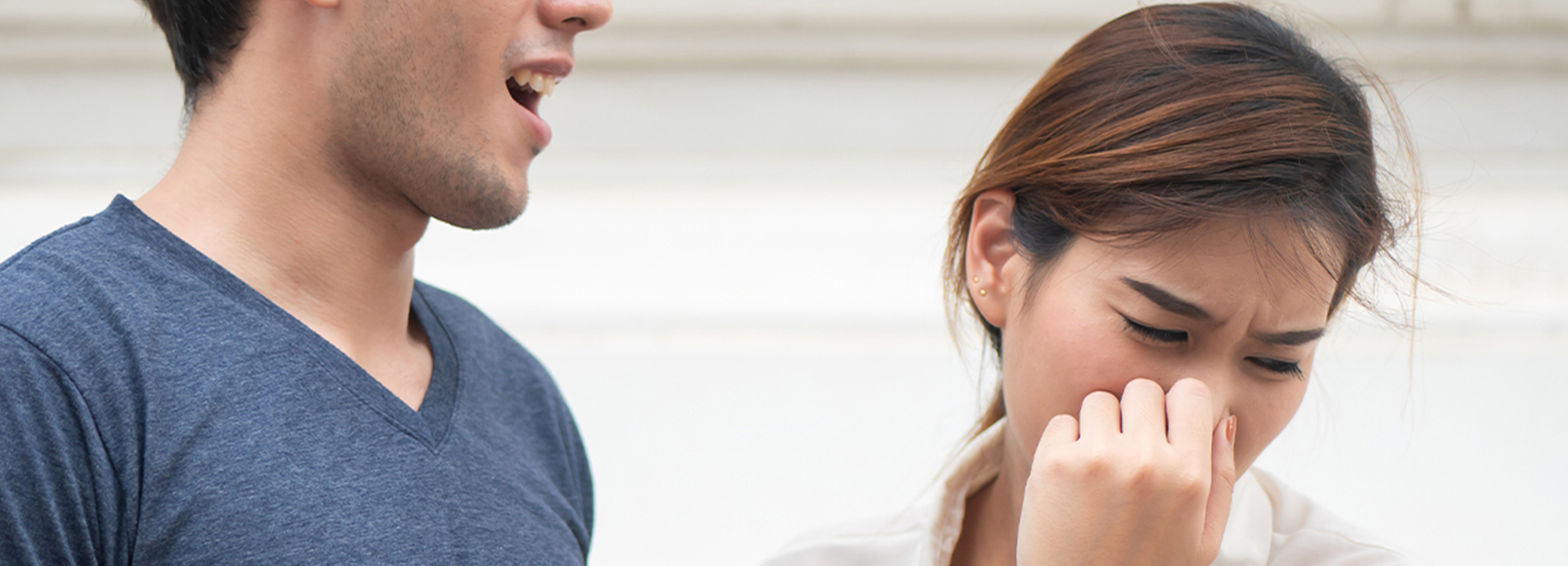Oral lichen planus is a long-lasting disease. It can affect the mouth and sometimes other areas of the body. It appears in mouth and is called ‘oral lichen planus‘. Oral lichen planus usually happens from middle age onwards, and more women get it than men.
Signs and symptoms of oral lichen planus
White patches on the lining of your mouth (usually your cheeks, tongue and gums).
These don't usually hurt, but sometimes there can be red, ulcerated or, very rarely, blistering as well as the white patches.
If so, you may find it painful to eat hot or spicy foods.
Severe burning indicates immediate intervention.
Cause of oral lichen planus
Still researchers do not know the cause of lichen planus in most patients.
It may be a sign of a slight weakness in the body's immune (defence) system, but patients with lichen planus don't usually have any other problems.
Occasionally it can be caused by a reaction to medicines such as some painkillers, diabetic treatments, drugs for high blood pressure, beta-blockers, gold, or penicillamine.
Oral lichen planus does not seem to be caused by an infection, and it doesn't run in families.
Emotional stress, spicy food or citrus fruits can often cause the symptoms to get worse.
Oral lichen planus and diagnostic work up
Usually it will be diagnosed after a careful examination by a specialist.
The appearance and symptoms of oral lichen planus can be like those of some other disorders, so a 'biopsy' is usually needed to be sure about the diagnosis.
A biopsy is a very simple procedure, done under a local anaesthetic, where a small piece of tissue is removed from the mouth. The area usually heals within 7 to 10 days.
Management of oral lichen planus
Usually oral lichen planus only needs to be treated when there are painful symptoms.
Sometimes patients with white patches that are not painful complain of a slight roughness of the lining of the mouth. But this usually does not need any treatment.
When oral lichen planus does need treating, it is usually done by putting a corticosteroid cream on the area.
Some areas may need other treatments, such as immuno-suppressants applied to the area.
Very rarely you might need to take a corticosteroid or some other, similar, tablets.
Follow any advice your dental team may give you.
This may include avoiding things that make the condition worse, such as spicy foods and things you may be allergic to.
Your dentist may also refer you to your doctor or a specialist for further investigations.
Usually oral lichen planus never goes away.
Alarming
There may be some connection between oral lichen planus and cancer of the mouth.
Around 1 to 3 percent of patients who have had lichen planus for a long time may go on to develop mouth cancer.
The exact connection between oral lichen planus and cancer is not certain.
Only a very few patients with oral lichen planus ever develop cancer.
This indicates the importance of consultation and follow up.
At North Delhi Dental clinic Dr Ankita Jindal Poddar expertise in managing the cases of oral lichen planus if you or your known to suffers it time to connect.





